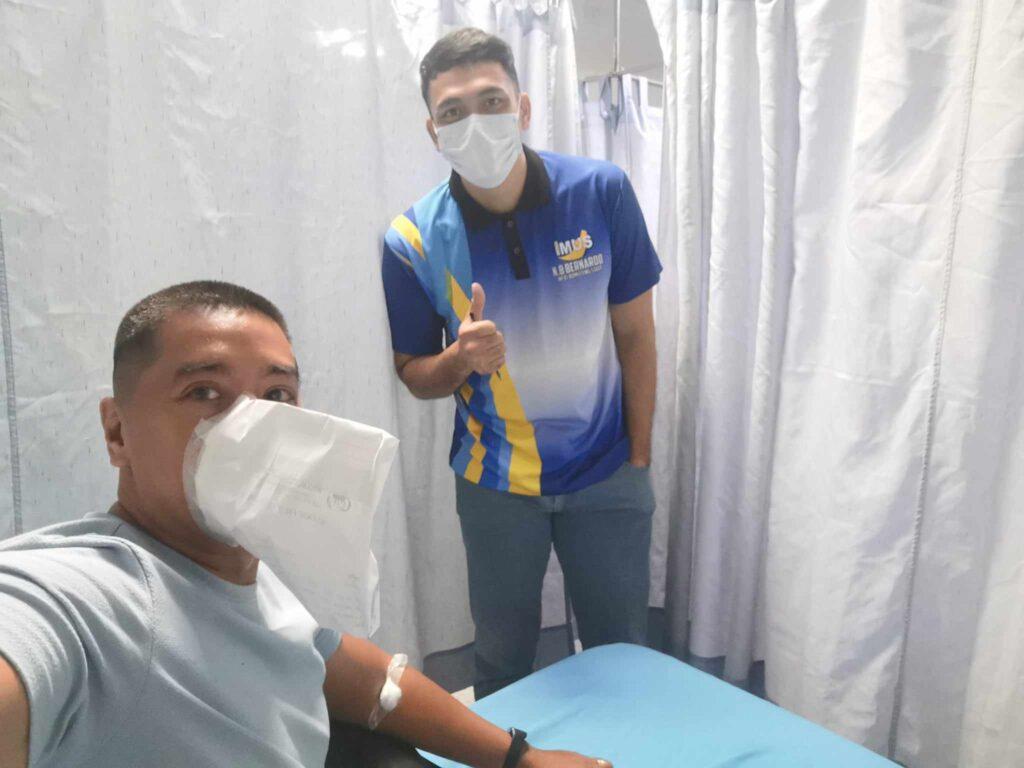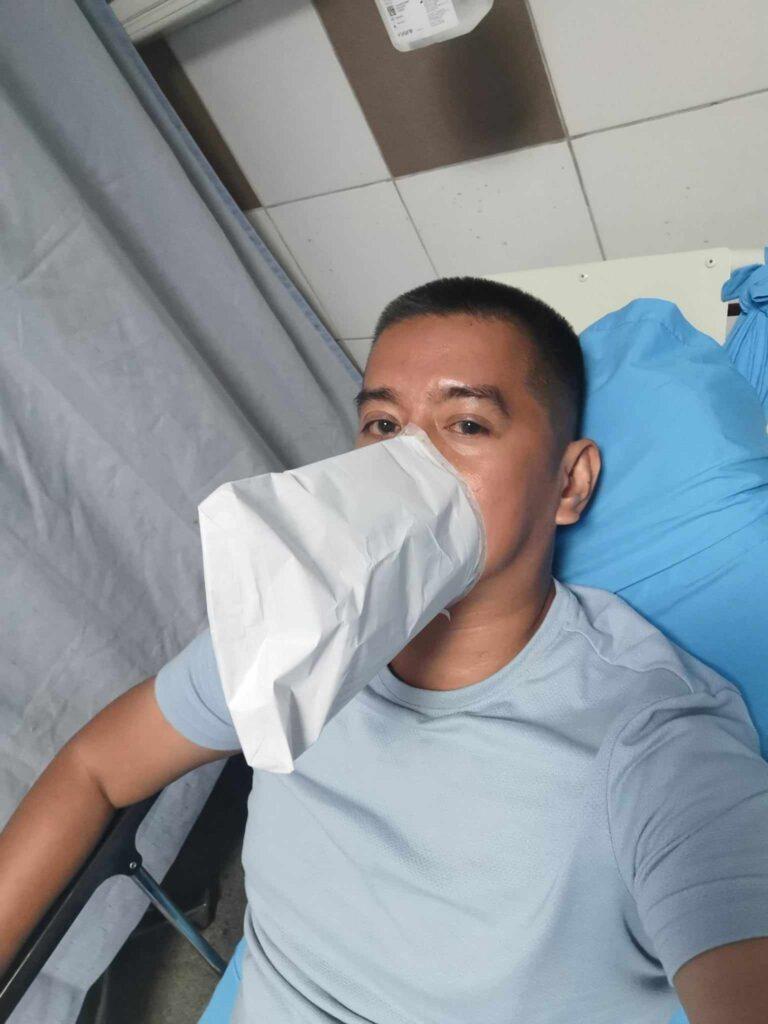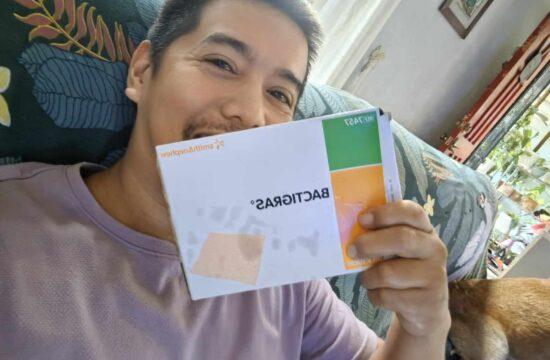Panic attacks are intense episodes of overwhelming fear and anxiety that can be scary for those who experience them. This is what I felt a few days ago, which sent me to the emergency room. I had no idea what I was feeling, and I thought that would be my last day in the world.
This is the reason why I would like to write about panic attacks because I felt that I am not the only one having this kind of feeling or maybe don’t understand that they are already experiencing panic attacks.

I. What is a Panic Attack?
Panic attacks are sudden surges of intense fear or discomfort, accompanied by various physical and psychological symptoms. They could be associated with stress, lack of sleep, or maybe a sign of underlying conditions, and they can strike anytime. In my case, it happened in the office while working on the computer.
II. Symptoms of a Panic Attack
My panic attack symptoms started with a rapid heartbeat, which I could see from my smartwatch. Sometimes, looking at it can also trigger your panic attack. With a rapid heart rate of 122 bpm, I felt my breathing getting faster, and I could feel my head feeling numb all the way to my shoulders, resulting in slight dizziness, and I felt I was about to faint anytime soon. The numbness started at the back of my head, then to my face, shoulders, all the way to my arms. Basically, my whole body was going into spasms.

I really felt I was going to die. I asked my colleagues to help me out and massage my arms and hands. They immediately took me to the clinic, and they checked my blood pressure, and it was 140/100. That was high and considered pre-hypertensive.
They asked me to rest on the bed, but it was not helping at all, so I asked our nurse if I could be sent to the hospital. Luckily, there was one a few meters away from our office. They took me immediately because my hands were curling up, and my face was starting to stiffen, which affected my speaking.
III. How they treated my Panic Attack
When I arrived at the Emergency Room, they immediately checked my blood pressure again, and as expected, it was high. My hands curled up again, and I was finding it hard to breathe and stiff. They gave me Losartan to lower and control my blood pressure, and they put a paper bag on my nose and asked me to breathe slowly.
For some reason, the numbness subsided, and I started noticing changes in the way I felt. Apparently, the doctor said that because I was hyperventilating, it caused my CO2 levels to go down. Basically, breathing into a paper bag replenishes your CO2 levels and puts them back to normal, resulting in feeling better.
Thankfully, my ECG came out normal, and other blood tests came out not as bad. So after getting the results and prescriptions, I went back to the office to get my stuff and went home.
IV. What to do when a Panic Attack strikes again?
Deep Breathing and Relaxation Techniques: Focusing on slow, deep breaths can help regulate breathing patterns and induce a sense of calm. Additionally, relaxation techniques like progressive muscle relaxation or mindfulness meditation can alleviate anxiety symptoms.
Cognitive Behavioral Therapy (CBT): CBT is a widely used therapeutic approach that helps individuals identify and challenge negative thought patterns associated with panic attacks. This form of therapy assists in developing healthier coping strategies, promoting positive self-talk, and managing anxiety effectively.
Lifestyle Modifications: Engaging in regular exercise, maintaining a balanced diet, getting adequate sleep, and minimizing caffeine and alcohol intake can contribute to overall well-being and reduce the likelihood of panic attacks.
Seeking Professional Help: Consulting with a mental health professional, such as a psychologist or psychiatrist, can provide valuable guidance and support. They can help diagnose panic disorder, provide appropriate treatment options, and suggest medication if necessary.

Understanding the symptoms of panic attacks is crucial for individuals dealing with anxiety disorders. By recognizing the signs, individuals can seek appropriate help and implement effective coping strategies. Deep breathing, relaxation techniques, cognitive-behavioral therapy, lifestyle modifications, and professional assistance are all valuable resources in managing panic attacks.
At the moment, I am still on medication for my pre-hypertension. I am minimizing my coffee intake, watching what I eat by eating balanced food and eating less, exercising, and carrying a paper bag with me anywhere I go. It helps especially when there are triggers.
Remember, if it persists for a long time, it’s essential to consult with a healthcare professional for an accurate diagnosis and personalized treatment plan. With proper care and management, individuals can regain control over their lives and minimize the impact of panic attacks.




















